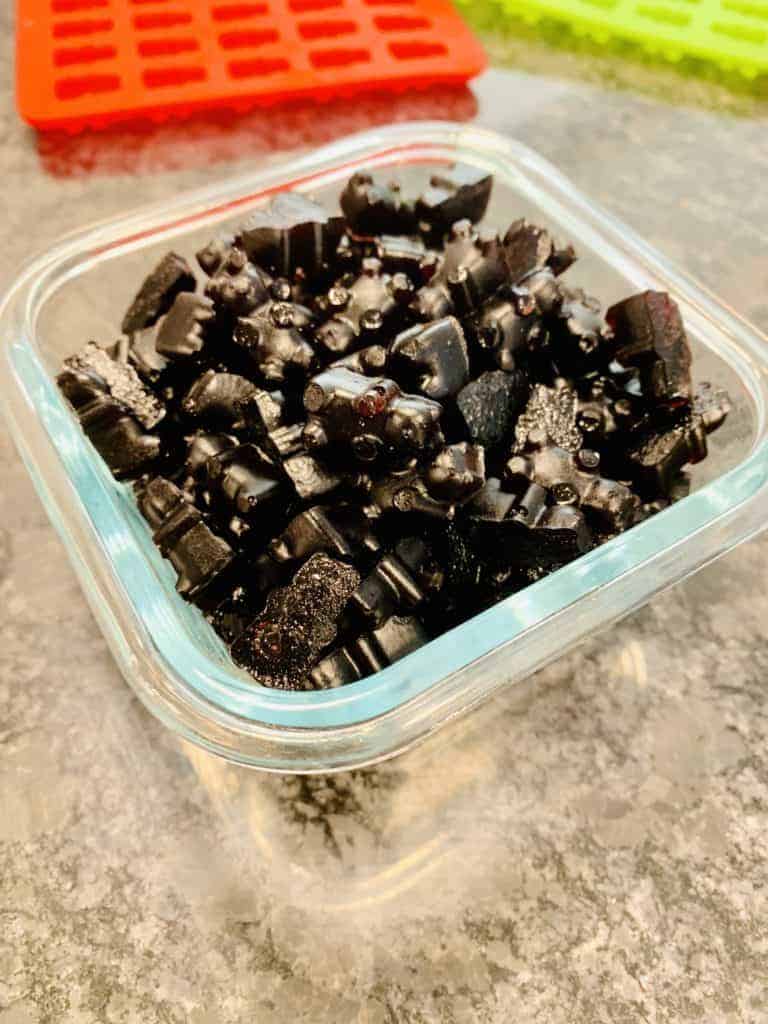There are several different reasons why you may need to visit a physiotherapist. Whether you’re looking for relief for regular bouts of chronic pain or you’ve suffered a recent injury, the good news is that physiotherapy may be the answer you’re looking for.
Visiting the physio Noosa doctors recommend will help provide pain relief, improve mobility, and assist with sports performance enhancements. This post highlights the most significant treatments and therapies that your local physio may use to aid your recovery.
Understanding Physiotherapy
Also sometimes referred to as physical therapy, this healthcare practice is focused on restoring movement and regular function through various methods such as exercise, education, and manual therapy. The ultimate goal includes teaching a patient to manage pain and, in many cases, increase mobility. A specialised care regime will drastically improve a patient’s quality of life.
Always a Good Idea
If you’re struggling with your mobility or you’re constantly in pain, then it’s a good idea to visit your physiotherapist for an assessment of your symptoms and any underlying conditions. Once this has been done, there are a host of different treatment options that can be used to improve your quality of life.
1Musculoskeletal and Sports Physiotherapy
Searching for pain relief from sports injuries is one of the more common reasons for people to visit a physio. This means that sports physiotherapy is one of the more popular physio fields. It’s important to note that any injury that hampers your mobility is usually referred to as a sports injury.
This can include the following types of ailments and injuries:
- Overuse injuries such as stress reactions/fractures and tendinopathy
- Hip and groin pain
- Pre and post-surgical rehabilitation
- Tennis elbow
- Knee pain (includes patella femoral pain, meniscal tears, and ligamentous injuries)
- ACL reconstructions
- Rotator cuff injury or surgery
- TMJ and Jaw pain
2. Massage Therapies
One of the key principles of effective physiotherapy is that it doesn’t have to involve complex treatments. Sometimes, a few correctly applied massage techniques will have a more lasting effect than a cocktail of medications. To achieve the desired pain relief, your physio may recommend any of the following massage treatments:
- Relaxation massages to soothe and encourage healing in your nervous system.
- Remedial massage in the form of deep pressure massage and Swedish massage.
- Pregnant and postnatal massage to treat pregnancy and post-birth aches and pains.
In some instances, these treatments can be used in conjunction with others to provide maximum pain relief and improve mobility.
3. Osteopathy
If you suffer from neck, shoulder, or back pain, this treatment may be what you need. Essentially, this type of physiotherapy usually focuses on broad treatment of issues related to the neuro-musculoskeletal system. For the most part, this includes aid with the rehab of muscles, nerves, bones, and soft tissues that support daily function and movement.
Musculoskeletal injuries are commonly treated with spinal manipulation, soft tissue massage techniques, and gentle rhythmic joint movements. The most common ailments that are treated include:
- Lower back pain
- Neck pain
- Headaches
- Shoulder and hip pain
- TMJ and jaw pain
- Increasing functional capacity and decreasing pain
4. Myotherapy
Anyone suffering from chronic headaches or arthritis-related ailments will appreciate the healing effects of myotherapy. This form of physiotherapy is used to prevent or treat soft tissue pain. It’s also the most recommended way to treat joint pain caused by myofascial or muscle pain.
In myotherapy treatment, the immediate symptoms and the underlying cause are assessed and treated. This is done in a variety of ways, which typically include:
- Cupping
- Dry needling
- Trigger point therapy
- Electrotherapy
- Remedial massage
5. Paediatric Physiotherapy
Adults or anyone suffering from an injury aren’t the only individuals who may need a few physiotherapy sessions. Children of all ages may also sometimes need physiotherapy. This can be in the form of pre- and post op rehab services.
In this regard, the most common issues physios provide care for are listed as:
- MPFL reconstruction
- ACL reconstruction
- Ankle and shoulder stabilisation surgery
- Spinal surgery for scoliosis correction
- Joint replacements for knees and hips
Physiotherapy is also recommended for children who experience developmental delays or suffer from birth-related issues. These types of treatments not only teach children to move and function in their daily lives but also help the parents develop realistic expectations of what to expect as the child grows up.
This typically includes treatment for conditions such as:
- Torticollis
- Plagiocephaly
- Brachial Plexus Palsy
While there is no cure for some medical conditions, regular physiotherapy sessions can teach your children to function in everyday situations.
Final Thoughts
A huge plus of opting for physiotherapy is that it can be an effective way to treat a wide range of ailments, injuries, and even help to improve mobility. By creating a personalised treatment plan, your physio will be able to restore your ligaments and muscles to be more functional. Receiving specialised care has never been easier!





